Scientists say the Ewoks in 'Star Wars' should have suffered a gruesome fate when the Death Star exploded
One more thing: If you're a planetary scientist or physicist who can run simulations that test ideas critical to the Endor Holocaust theory, Business Insider would love to hear from you.

If true, the Ewoks survive, Luke and Han Solo escape, the Rebel Alliance lives to fight another day, and the "Star Wars" series remains intact for a future that's full of epic stories.
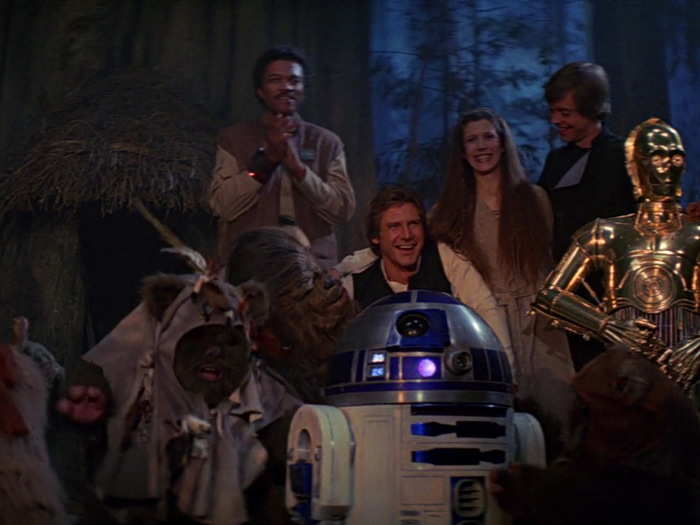
That implies a wormhole formed as the Death Star's reactor blew, rapidly transporting almost all of the debris to another corner of the galaxy — and away from Endor.
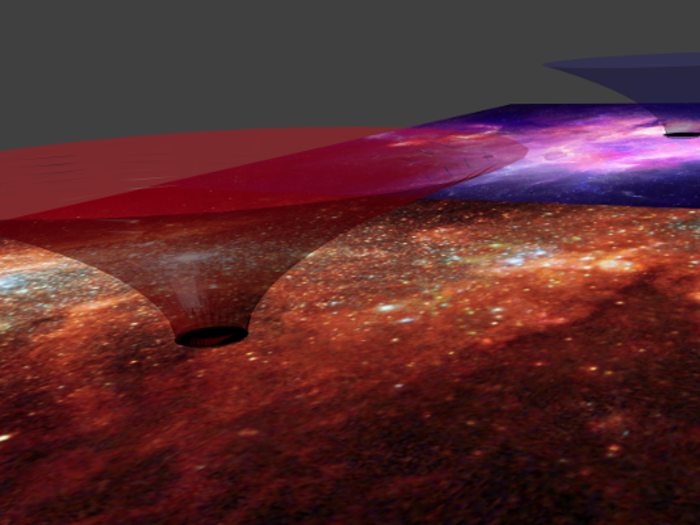
Sarli calculated that the blast imploded inward instead of flying outward.
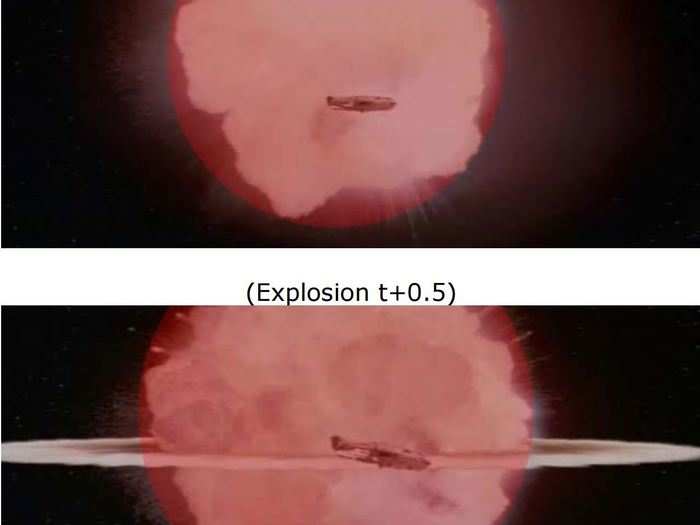
Another superfan named Gary M. Sarli (who is not a physicist) closely analyzed the Death Star's explosion.
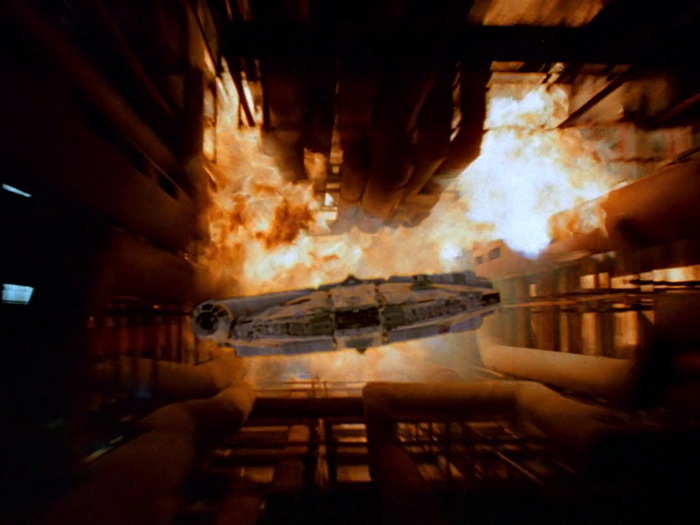
In short, not good. At all.
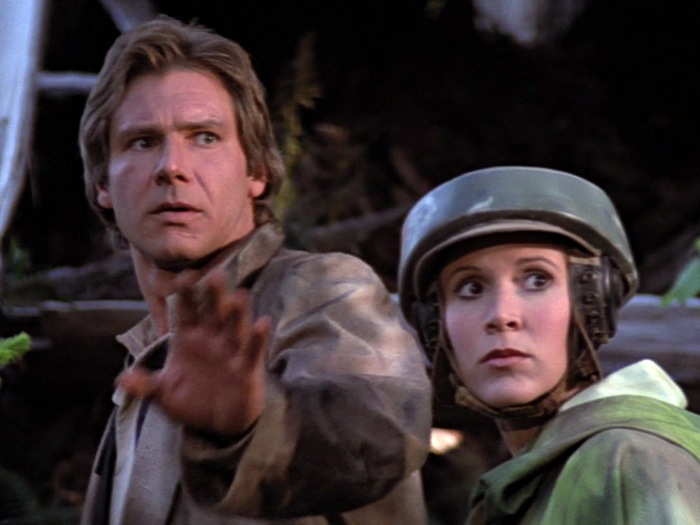
There is one glimmer of hope for the Ewoks and the Rebel Alliance, though.
"It is likely that the atmosphere would be so heated up ... that every body of water on the entire world would be flash heated to steam, and every forest would ignite into a global firestorm."
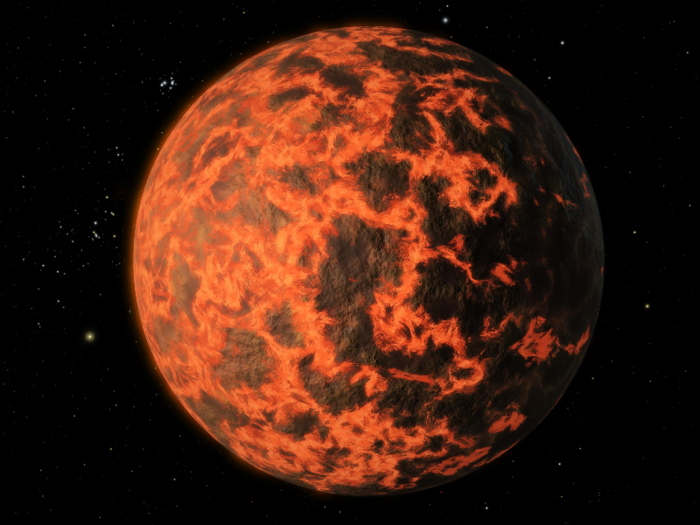
Striking Endor at more than 6,000 mph, Minton said "a Death Star-mass ball of fragments will leave behind a 700 km diameter crater. This is almost four times larger than the Chicxulub crater in Mexico that is associated with the dinosaur extinction."
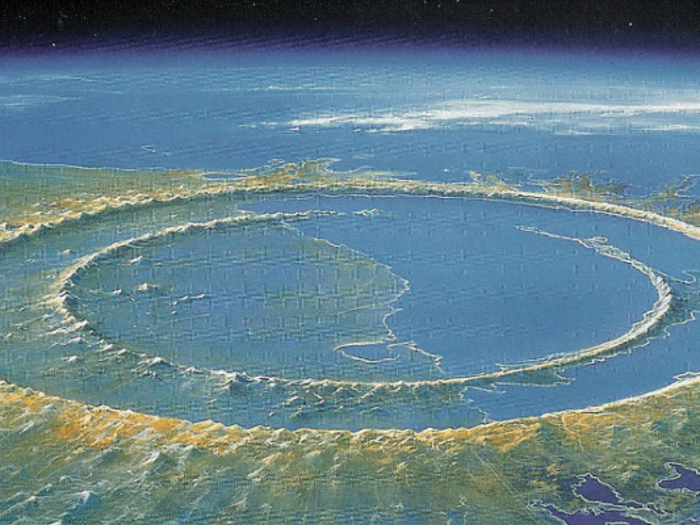
"The aftermath of this impact would be to obliterate everything on the surface," he said. "No Ewok could withstand an impact of that magnitude."
Minton said the falling rubble field would look something like this animation of a colossal asteroid striking the Earth:

When the rebels and Ewoks destroy the shield generator on Endor — a device that protected the Death Star — Minton assumes the repulsorlifts there got destroyed, too.
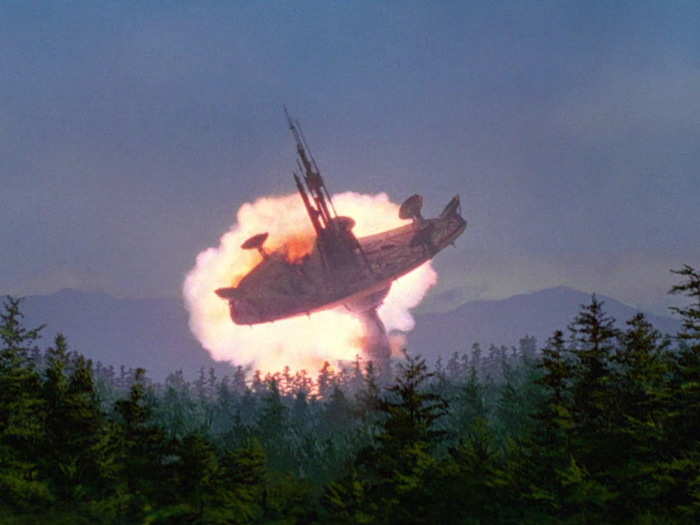
He also assumes, like Asphaug, that the Death Star is not vaporized and mostly shatters into a field of loose rubble.
"[M]ore or less what happens after the destruction is that the entire mass of the Death Star simply falls onto the location of the shield generator," he said.
Minton figured out that the Death Star is in a bizarrely stable orbit, since it's too near the moon and moving too slowly. "I have to assume that the Death Star is being maintained in its position using something like [anti-gravity] repulsorlifts," he wrote.
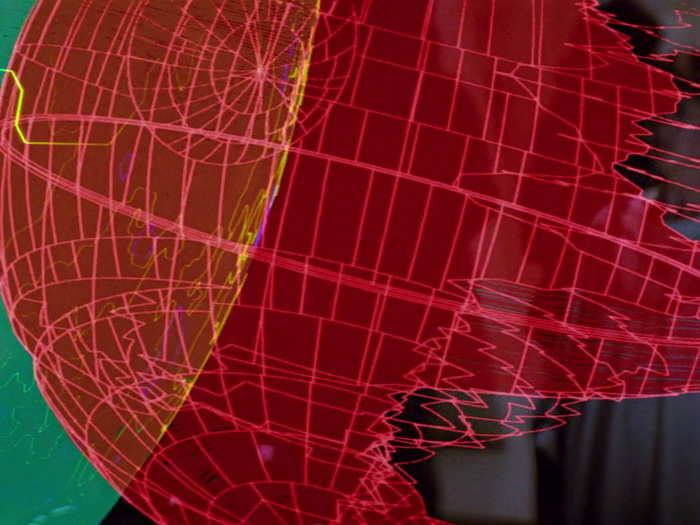
"I estimate that the bulk density of Endor is about 14,350 kg/m3," he told Business Insider. "This is more than iron (8000 kg/m3) and less than uranium (19,100 kg/m3), so while the composition of Endor must be quite unusual, it is not impossible."
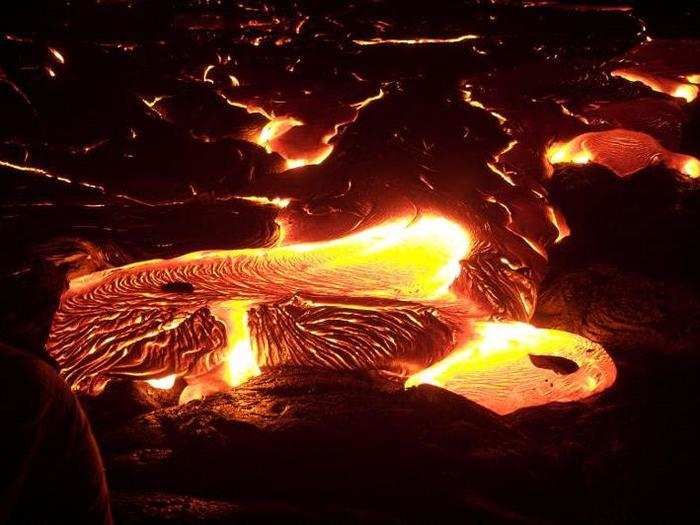
The white paper is based on a detailed, to-scale hologram projected in "Return of the Jedi." From that image, Minton used physics equations to extrapolate diameters, masses, velocities, and orbital paths of Endor and the Death Star.
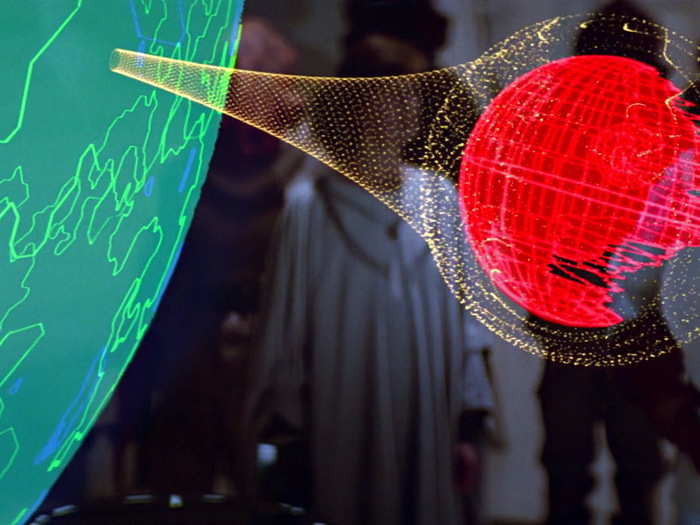
Minton also assumes that — since Ewoks, storm troopers, and rebels move like they do here on Earth — that the gravity of Endor is the same as our planet.
The most detailed and frightening response came from planetary scientist Dave Minton, who sent Business Insider a four-page treatise in 2015 (which you can read in full below). It begins: "The Ewoks are dead. All of them."

"If thousands of wildfires go off at once, even if limited to one half of the planet, much of the surface will be a charred ruin," he said. "Their parties and celebrations will quickly change into emergency procedures to survive what could be a horrible nightmare."

"So, I predict there will be huge chunks of the Death Star raining down on the Ewoks that might make their life unpleasant," he said, adding that the biggest problem for the Ewoks on a dense forest moon might be fire.
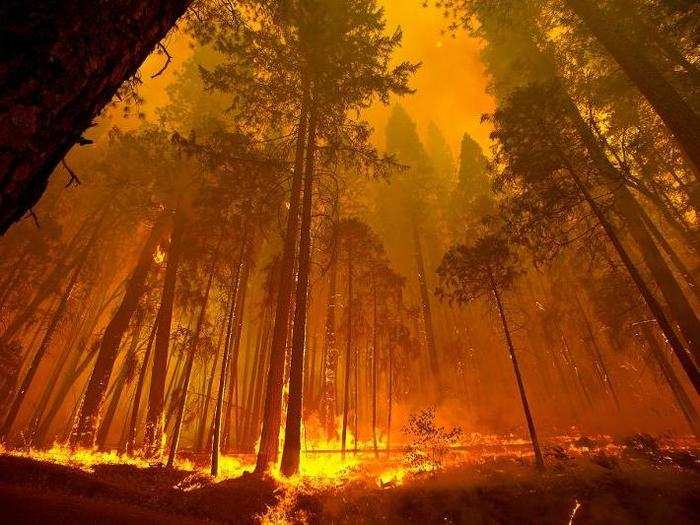
Planetary physicist Erik Asphaug, who studies giant impacts with moons and planets, refused to believe most of the Death Star would vaporize or turn into tiny bits upon exploding.
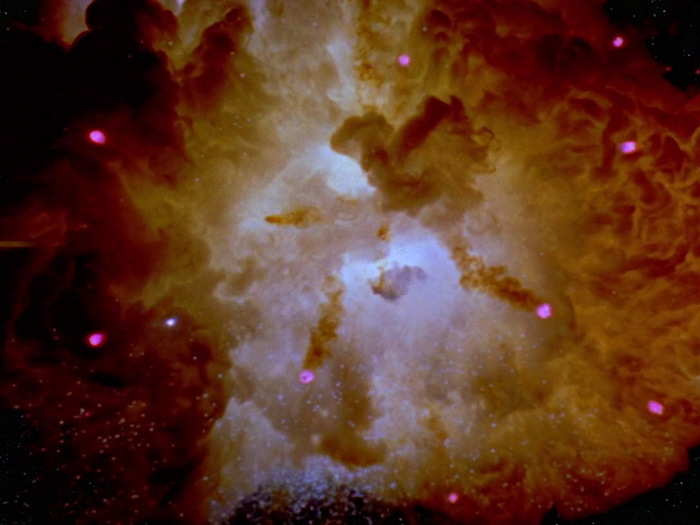
"Nuclear explosions in rock tend to vaporize the stuff nearby, melt the stuff a bit further away, and then break stuff farther away mechanically. The farther away, the less broken the bits become," Asphaug told Business Insider.
Source: Arizona State University
After the radiation bath, high-speed debris would hit the ground, throwing rocks to the far side of the moon. "Extinction of [the] Ewoks appears inevitable," Cuk concluded.
![After the radiation bath, high-speed debris would hit the ground, throwing rocks to the far side of the moon. "Extinction of [the] Ewoks appears inevitable," Cuk concluded.](https://staticbiassets.in/thumb/msid-58519938,width-700,height-525,imgsize-241186/after-the-radiation-bath-high-speed-debris-would-hit-the-ground-throwing-rocks-to-the-far-side-of-the-moon-extinction-of-the-ewoks-appears-inevitable-cuk-concluded-.jpg)
"Since the rebels on the Forest Moon are just underneath [the Death Star] ... I suspect that they would be dead from radiation released by the explosion before the debris even reaches them," he said.
!["Since the rebels on the Forest Moon are just underneath [the Death Star] ... I suspect that they would be dead from radiation released by the explosion before the debris even reaches them," he said.](https://staticbiassets.in/thumb/msid-58519939,width-700,height-525,imgsize-423727/since-the-rebels-on-the-forest-moon-are-just-underneath-the-death-star-i-suspect-that-they-would-be-dead-from-radiation-released-by-the-explosion-before-the-debris-even-reaches-them-he-said-.jpg)
"The energy carried by the debris would not be enough to destroy the moon," Cuk said, "but it would heavily erode the side facing the Death Star."
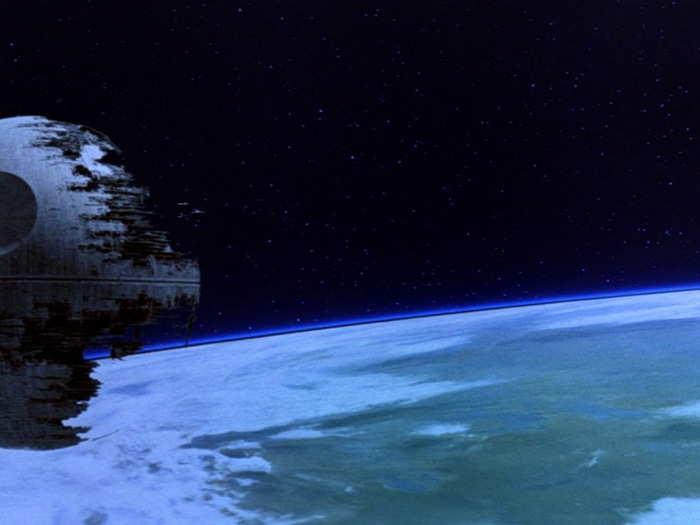
The high-speed chunks would obliterate "[a]ll ships close to the Death Star, imperial or rebel," Cuk said. "This is particularly true for Millennium Falcon and Luke's shuttle" — both would be goners.
Matija Cuk, who studies orbital dynamics, said the Death Star's reactor blows up the artificial satellite in about 1 second. This would eject huge chunks of debris at 220,000 mph, or six times faster than humanity's speediest spacecraft.
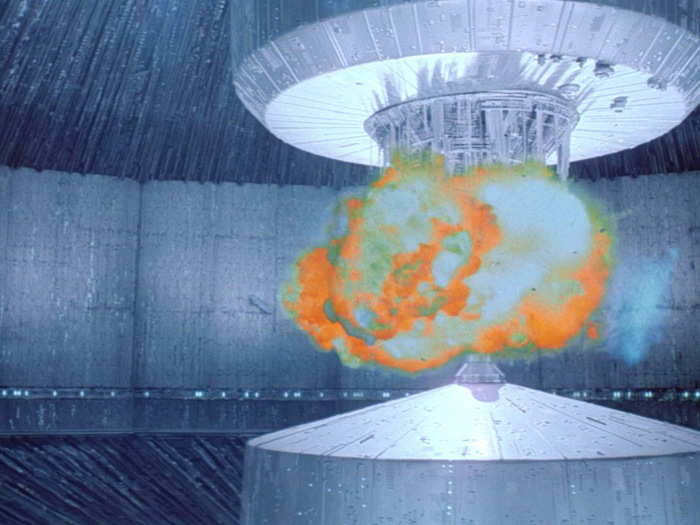
Planetary scientist Sarah Stewart was optimistic: "I think Endor survives. ... After some environmental cleanup [of the fallout], the forest moon would return to its idyllic state," she told Business Insider.
![Planetary scientist Sarah Stewart was optimistic: "I think Endor survives. ... After some environmental cleanup [of the fallout], the forest moon would return to its idyllic state," she told Business Insider.](https://staticbiassets.in/thumb/msid-58519942,width-700,height-525,imgsize-325292/planetary-scientist-sarah-stewart-was-optimistic-i-think-endor-survives-after-some-environmental-cleanup-of-the-fallout-the-forest-moon-would-return-to-its-idyllic-state-she-told-business-insider-.jpg)
Responses after that, however, were grim.
Source: UC Davis
Hoping to settle the matter, we asked 11 physicists the question, "What would happen to Endor if the Death Star blew up?"
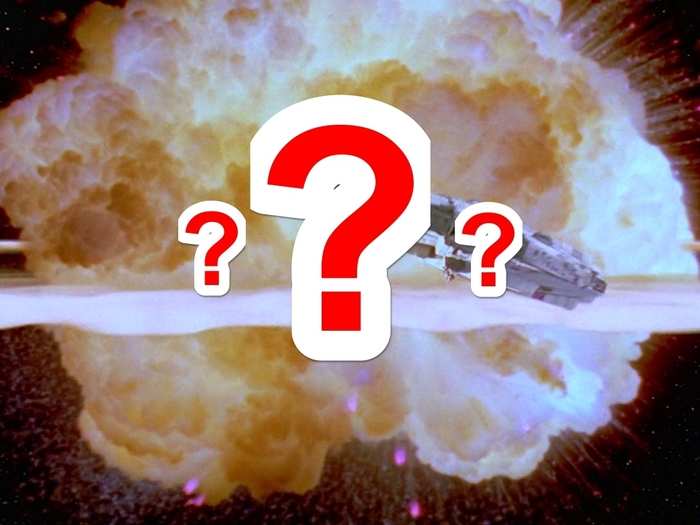
Almost all of them responded right away.
The rebels' attack on the Death Star turns it into fine metallic bits, Saxton argues. The debris then rains down on Endor, burns up into a toxic sooty fallout, and sparks global firestorms.
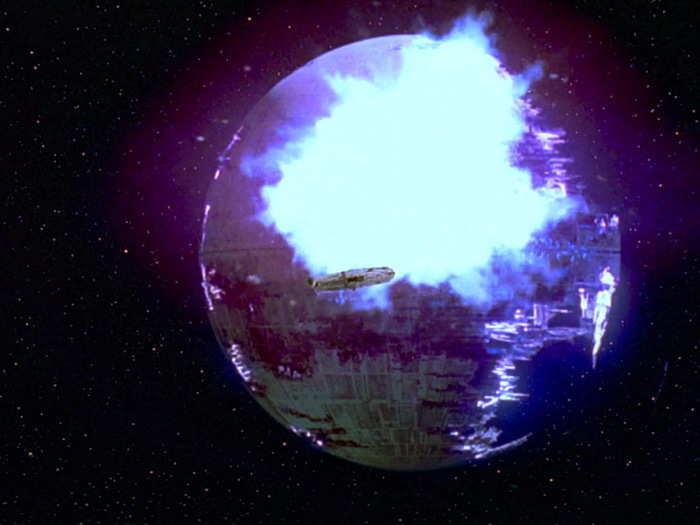
But many of Saxton's various measurements are open to interpretation, since depictions of the Death Star, Endor, and other details are inconsistent from one scene to the next.
Source: TheForce.net
Saxon's 10,000-word essay about the Endor holocaust claims that the doom of Endor and the cuddly, warmongering Ewoks who live there "is an inevitable consequence of observable facts."

The "Endor Holocaust" fan theory dates back to 1997, when it first appeared on a website called TheForce.net. Curtis Saxton, an astrophysicist and "Star Wars" super-fan, wrote it as part of a technical series that analyzes the movies frame-by-frame with scientific rigor.

Source: TheForce.net
Advertisement